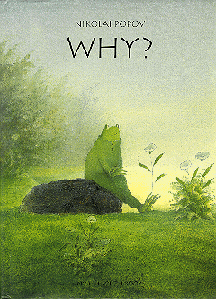Title: Miracle's Boys
Author: Jacqueline Woodson
Type: Novel
Ages: 7+
Rating: 5
Summary: The story of three boys struggling to cope with their mother and father's death.
This story is written from Lafayette's point of view, who is the youngest of the three boys. We see a lot of maturation in Lafayette has he struggles to understand why his mother had to die. At the beginning he blames himself for his mother's death and so does his older brother Charlie. By the end of the story Lafayette has learned enough to realize it was not his fault that his mother died.
My favorite character though is Charlie. Charlie was at a correctional facility when his mother died. When he gets back he is a "New" Charlie. He hangs out with the wrong crowd and seems disinterested in everything he used to be interested in. Throughout all whole book though you can see the good in Charlie. The way he will try to talk quietly about the correctional facility when Laf is around.Through Charlie's interactions with other people you can see that he is a scared boy, trying to suppress his feelings.
There were two parts of the book that really stood out to me. On page 70 Laf and Ty'ree (the oldest brother) are talking and Ty'ree says, "Brother to Brother, Lafayette?" Lafayette responds with, "B to B." Laf goes on explain that when they say this to each other, they are saying I love you. This reminds of all the little quirks families have and I thought it was touching that this is how they expressed loved for one another. It's like a secret language between the two of them.
Another part I found interesting was on page 83, Laf says;
"Ty'ree was alright after Mama died. But I was all wrong. The year before, I'd seen this show about snakes. They showed this one snake slipping out of its old skin and then leaving that old skin on the ground him. That's how I felt-like Mama'd been my skin. But I hadn't grown a new underneath, like that snake had. I was just blood and bones spreading all over the place."
I thought this metaphor was extremely powerful and depicted just how he felt after his mother died. I have never experienced a death in the family that was that close to me but I can imagine if I did I might feel the same way. Every thing about this book empowered me. I really connected to this book.














